Some people dive right into their first homebuilt project. I’ve known a couple of folks who didn’t even have a pilot’s license when they started their first build, then went on to complete the project and took their checkride in the plane they built. Other friends of mine started assembling model airplanes in elementary school, graduated to U-control and radio-control kits, and didn’t think twice about building the full-scale airplane of their dreams. I’m not one of those people. I slowly crept into the homebuilt world by buying a flying Experimental years before I considered building a plane myself.
There are many good arguments for buying your first homebuilt, especially if you love flying but don’t have a passion for building. If the plane you seek is common ( la Van’s RV, Sonex, Zenith, etc.), you will be up in the air much sooner, probably spend quite a bit less money than building it yourself, and will not have to sweat the potential headaches of Phase 1. The plane should already be proven airworthy with known characteristics. Most experienced folks in the homebuilt community agree that if you have to ask the question about whether you should buy or build a readily available homebuilt, you should buy. Building requires a passion to successfully complete. For me, there was no question; in 2005, I didn’t feel I had the skills, time, or support system available to build my RV. I would buy one—or continue plugging along in the club Cherokee 180.
A&P mechanic Randy Richmond performs a pre-buy inspection. He has had hundreds of RVs pass through his shop, and his eye for finding problems and providing solutions is legendary.
Research
Just like your high school history teacher told you about writing your big term paper, research is the first step toward a successful project. And, just like that high school project, incomplete, shoddy, or poorly sourced research will likely result in an unsatisfactory conclusion. You will want to find the best sources (the KITPLANES archive is a great place to start!), investigate all the pertinent issues, and check your emotional preconceptions at the door during this phase of your journey. Once you know the facts, emotions can come back to the forefront as you make a decision.
What are the issues to investigate? Certainly, the type of aircraft you seek will determine the pertinent topics to probe. Some common, generic ones are:
• Will you and the aircraft qualify for insurance coverage? If so, how much will it cost? If not, what will you need to do to qualify for coverage?
• Is formal transition training available for the aircraft? Will your insurance company require such training? Where does it happen? How much will the training cost?
• What is the safety record for the aircraft under consideration? What are the issues causing accidents?
• What engine is recommended and well tested for the aircraft? What is the safety record, maintenance schedule, and maintenance cost of the engine you are considering?
• Is factory/designer support readily available? While you may not be building the aircraft yourself, you are still likely to want to give an occasional call to the factory for help with a problem or to purchase replacement parts.
• What safety bulletins and/or airworthiness directives have been issued by the airframe and engine factories?
• What sort of community support is available to help you? Internet forums? Chat groups? Local builder and/or pilot groups? Are there folks in the local EAA chapter who have useful expertise to help with problems that might come up?
• Unless you are an A&P or you are considering an Experimental Light Sport Aircraft (ELSA), you will want to know if there is a readily available A&P willing to perform annual condition inspections on the Experimental/Amateur Built aircraft that you are considering. (Some A&Ps will not work on Experimentals.) If you are considering an ELSA, learn about the required course that you will need to take to perform your own annual inspections.
The original panel in the author’s RV-6. While a modern panel or stunning paint job may add the greatest sex appeal to a flying homebuilt, neither is likely to impact flight safety, at least while flown VFR.
The author’s updated panel. Panels and paint schemes can be easily changed when funds become available.
Networking
It is never too early to start networking. Find owners and builders of the plane you are considering. Oshkosh, of course, provides a wonderful opportunity to meet the factory folks of the major kit manufacturers and pick their brains. You might be able to arrange an introductory flight in the model you are considering. You’ll also meet current owners hanging around the booths and have a chance to talk with them. Then, walk the lines of Homebuilt Camping and Homebuilt Parking, where you’ll likely meet more owners and builders of the planes you are pondering. If you are considering one of the less common homebuilts, the folks in Homebuilder Headquarters or, often better, the parking attendants in the homebuilt area (the guys with orange vests racing around on scooters parking homebuilts) can often tell you where to find particular models of homebuilts.
Most of the popular homebuilts have type gatherings. Zenith and SeaRey, for example, bring their tribes into their factories once a year. Information appears on their web sites. The Van’s community has several big gatherings throughout the country, generally advertised on vansairforce.net. Before I bought my first RV, I attended such a gathering and walked the lines of scores of RVs with a knowledgeable friend, learning the different models and some of what differentiated a good build from a shady build.
Most types, even the more obscure models like the Dream Tundra that we are currently building, have on-line support and chat groups. Many groups assemble on Yahoo or Google. Some use more robust forum software. Vansairforce.net is the granddaddy of such groups, with dozens of postings each day by tens of thousands of subscribers from around the planet.
Many providers of kits and plans offer newsletters, and copies can usually be obtained by prospective builders. A long list of newsletters can be found the KITPLANES web site.
Of course, you’ll also want to check out the local expertise. EAA chapters generally provide a good starting point for finding the folks who know about the model you are considering. In some metropolitan areas, when a critical mass of local builders work on kits from the same manufacturer, independent builder groups form. Look for such groups if you live in a densely populated area.
How to Find the Perfect Plane for You
Before seriously shopping for a plane, identify your mission—your must-haves—and ensure any partners agree to the list. The list might change as you proceed, but start with a list. I initially thought I had to have a nosewheel but, when I couldn’t find a good tricycle model in my price range, I re-evaluated and decided a conventional-gear airplane was my future.
In addition to the usual suspects (e.g., Trade-A-Plane, barnstormers.com, FBO bulletin boards), you can shop for your ideal flying homebuilt through the network you developed in the previous step. Let your new contacts know what you are trying to find, and sellers will likely seek you out. Forum sites and discussion groups often allow free postings of aircraft for sale. The KITPLANES web site classified page also provides a free place to advertise flying homebuilts. You can generally post a request to purchase on these sites, too.
Once you’ve identified an airplane that might fit your needs, the process is nearly identical to purchasing a certified aircraft, and there is abundant information on that process on sites like www.aopa.org. One difference with homebuilts is the pre-purchase assessment of the plane. Many successful homebuilt purchasers take an experienced builder of the model (or similar aircraft) with them for the initial look at a plane. A good builder will be able to make an initial assessment of the build quality. Where do you find your builder/helper? Once again, the importance of networking proves itself. But having an experienced builder look at a plane is not a substitute for a pre-purchase inspection by an A&P who is familiar with homebuilt aircraft, unless your builder/helper is also an A&P.
Many, probably most, A&Ps are not experienced with homebuilt aircraft. They may have never worked with fabric or composite materials. You want someone who knows the common pitfalls and issues of the model of plane you are considering…or is at least familiar with similar homebuilts. I was very lucky that the RV-6 I wanted to buy was at 52F in Roanoke, Texas, and so was one of the most experienced RV mechanics in the world. Randy Richmond has had hundreds of RVs pass through his shop, and his eye for finding problems and providing solutions is legendary. Randy thoroughly inspected my pending purchase, identified the immediate “must-address” issues, corrected them, and sent me off with a list of issues that wouldn’t cause me to fall out of the sky, but should be worked on over the next few years. I knew exactly what I was buying and what future expenses would be coming down the road. I wouldn’t purchase another flying homebuilt without a “Randy” making a pre-purchase inspection, even if I had to pay the expenses of flying the person in from another state.
Bringing the Plane Home
Formal transition training is the key to safe flying in your new homebuilt, whether a pre-owned plane or a new build. If you are lucky, as I was, there might be a factory-approved CFI in the area of your purchase to prepare you for the flight home. Or, you might travel to the CFI’s base and transition in his plane before bringing the plane home. You might be able to arrange for the seller to fly the plane to an appropriate CFI’s base (or your base) for the final sale. Commonly, new owners bring their purchased homebuilt back home with a pilot experienced with the model. A long cross-country after only a few or no hours of experience in a new plane is probably not prudent. I can recite too many terrible accidents that have happened under such circumstances.
Once you have your adopted airplane home and transition training completed, be sure to fly it as often as possible in the first few months to develop experience. If you’re like me, you may also start working right away on the list of deferred maintenance items that came out of the pre-purchase inspection. Soon, it will feel like your own plane, and you will feel like a member of the homebuilt community.


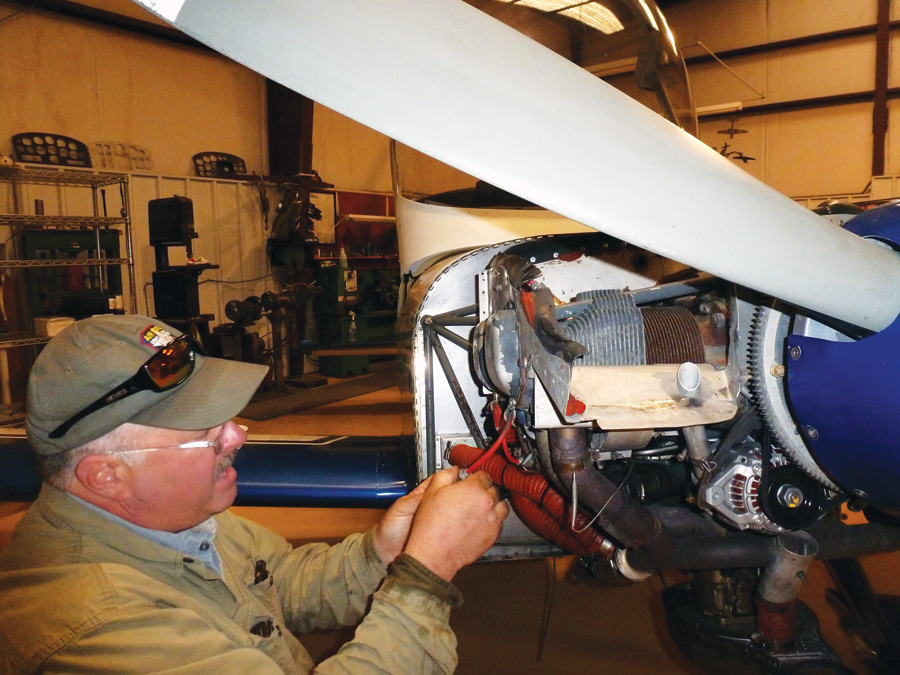
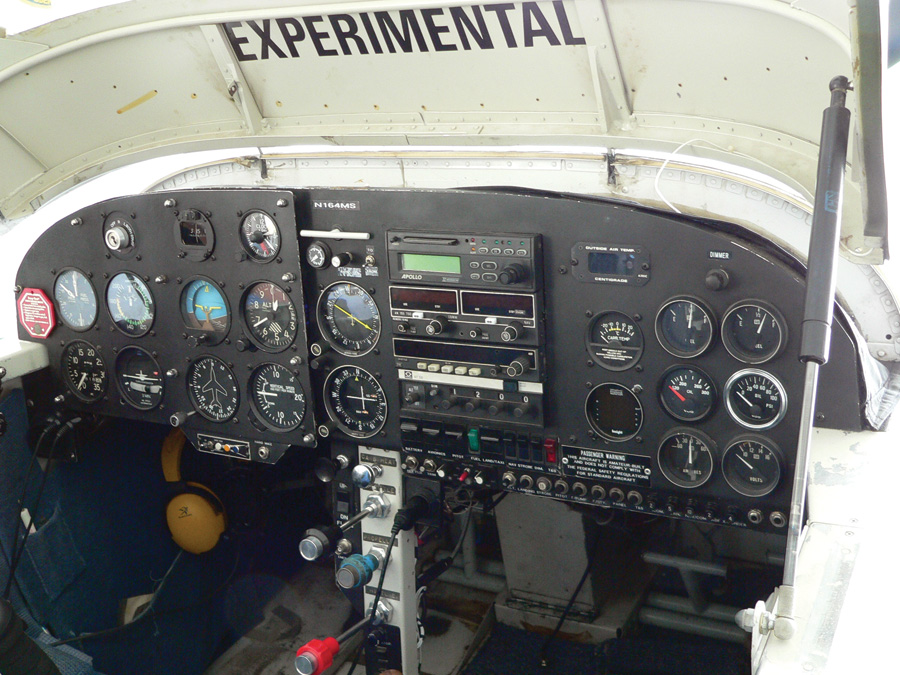
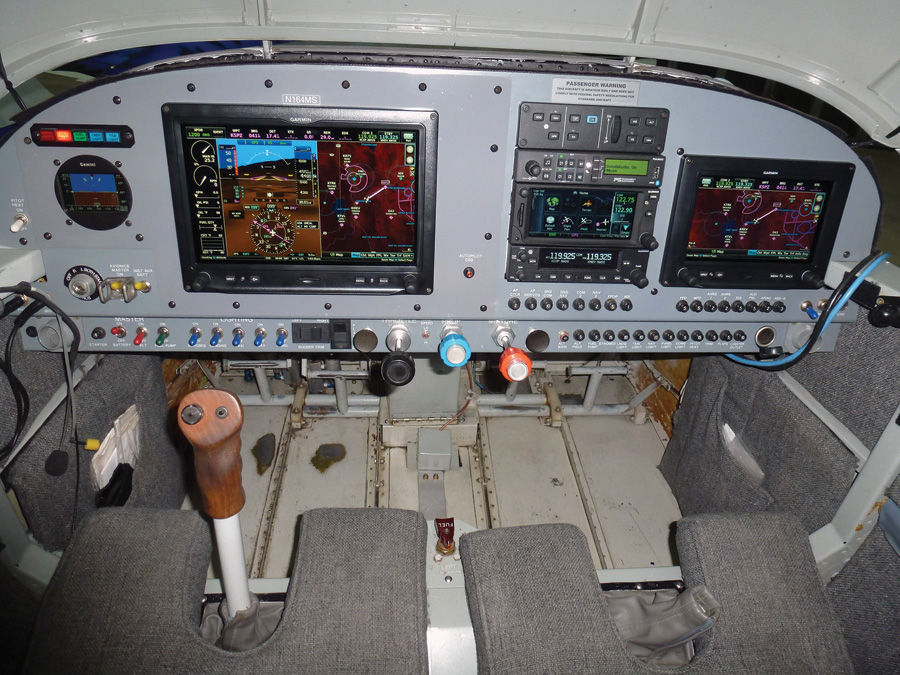
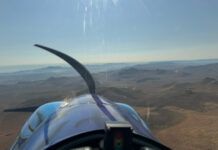

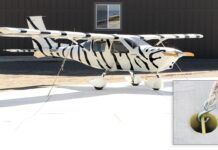
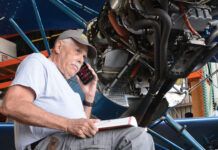
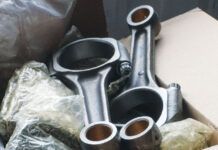
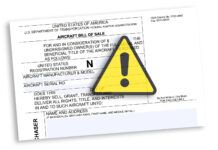
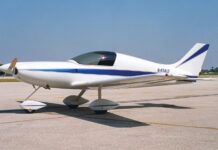
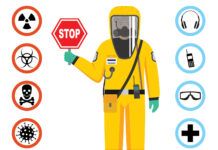
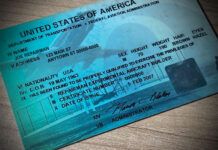
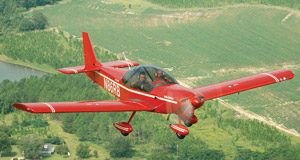

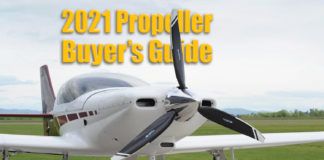
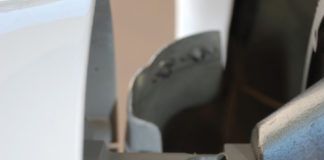
What is your opinion on earth star odyssey